A tech-backed mission to monitor methane pollution launches today
The Verge: Energy
MARCH 4, 2024
Image: MethaneSAT via EDF A mission to map and track global methane pollution, a powerful greenhouse gas, is scheduled to launch today after years of collaboration between some of the biggest names in tech. Carbon dioxide, on the other hand, lingers in the atmosphere and traps heat for centuries.


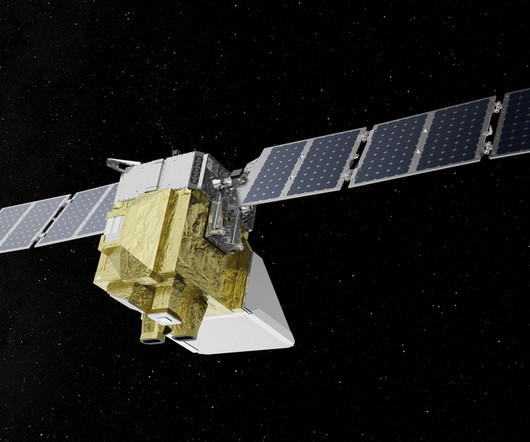
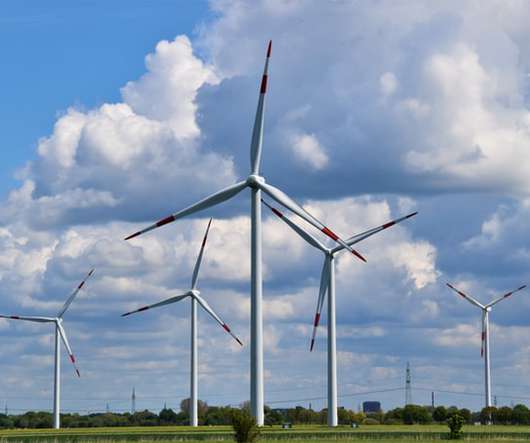
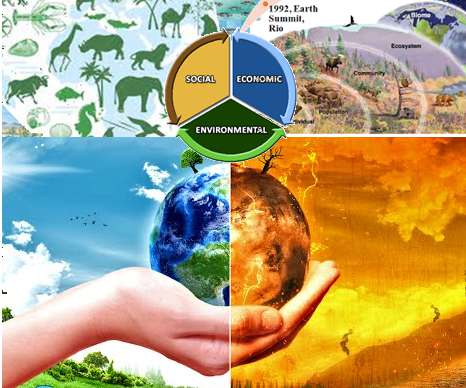
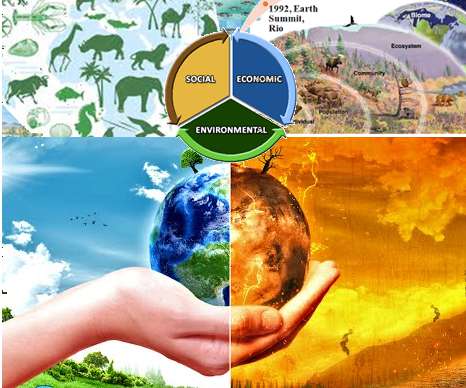
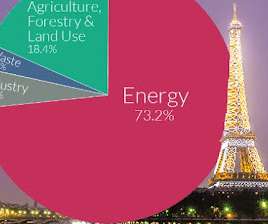



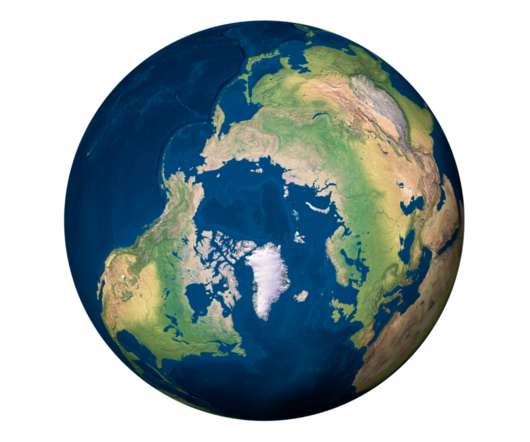










Let's personalize your content